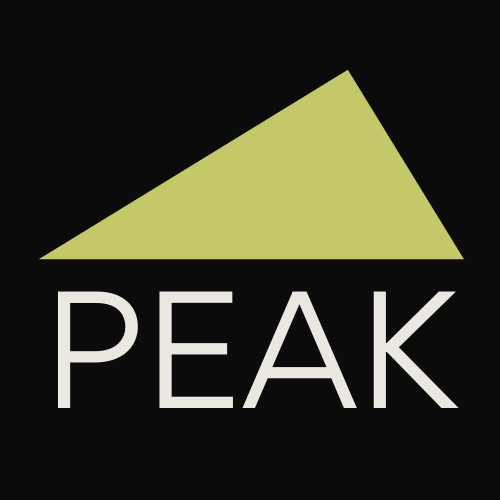Potential Risk of a Golfer’s Swing
There is no doubt that sports are an integral part of our society and culture as we see many people participating, starting in early childhood and into the golden years for some. Golf is a “sport for all ages.” Whether pro-athlete or Sunday casual, golf is a way of life for many, especially in our community!
Over time, each sport places specific demands on the musculoskeletal system, which may result in tissue adaptation and overuse injuries. For example, some retired professional athletes now live with the consequences of the “wear and tear” on their body’s soft-tissue structures (such as cartilage) as a result of the accumulated stress placed on the body. Each sport will present the usual injuries unique to the sports use. For a tennis player it’s seen as tennis elbow while runners get plantar fasciitis or chronic IT Band pain. Some injuries span multiple sports such as ACL injuries from football, running, cycling, etc.
Motions and injuries typically seen in golfers
Each golfer has a dominant swing side, with a dominant hand, and leads with the same hip in which they experience a degree of rotation. Generally each side of the body has different movement patterns that are required in the swing motion. The rotation of the lower body presents in the lead hip during the follow-through phase of a swing.
Since the rotation of the lead hip is greater than the other, is it common to see an adaptation in the range of motion over time. As a result, it is not uncommon for golfers to demonstrate an asymmetric difference between hips, consequentially causing a difference in rotational velocity and limiting their range of motion throughout the anatomy of the swing. If you are familiar with PEAK Movement’s articles of interest, you’ll see a trending topic that imbalanced movement patterns are often a major cause of pain and injury. It is these asymmetric traits within the golfers body that can contribute to the development of conditions including low back pain, femoroacetabular impingement (limited movement and joint pain in the hip), and possibly general hip degeneration over time.
Motion and low back pain
When done repetitively, the action of the external rotators during the downswing can create microtears in the muscle. This is where we see “tight” muscles shorten. As a sports massage therapist, I know all too well that tight muscles caused by repetitive motion can be enemy number one when it comes to sports injuries of soft tissue. This is because chronically tight muscles create imbalances in our body. In a golfers case, when the external rotators are tight, range of motion in rotation is limited, again, creating asymmetry in the hip causing low back pain.
Let’s recap
By the nature of the game, golf is a one-side dominant rotational sport: asymmetric differences in rotational range of motion causes an imbalance to the muscular systems, particularly the external and internal rotator muscles. Because these muscles are imbalanced, one set is tightening while the other is being pulled, causing low back pain. When left unchecked, back pain can become chronic and other more serious injuries can occur.
The prevention and treatment of imbalances in movement are at the core of what PEAK Movement Therapy does for golfers in our community. I would be remis not to mention that in addition to the prevention and treatment of injury and low back pain, movement therapy that addresses this imbalance also greatly increases a players rotational range of motion allowing space for more power and drive behind the swing.
Schedule a no obligation phone consultation today to see how we can work together to take your game to the next level.


